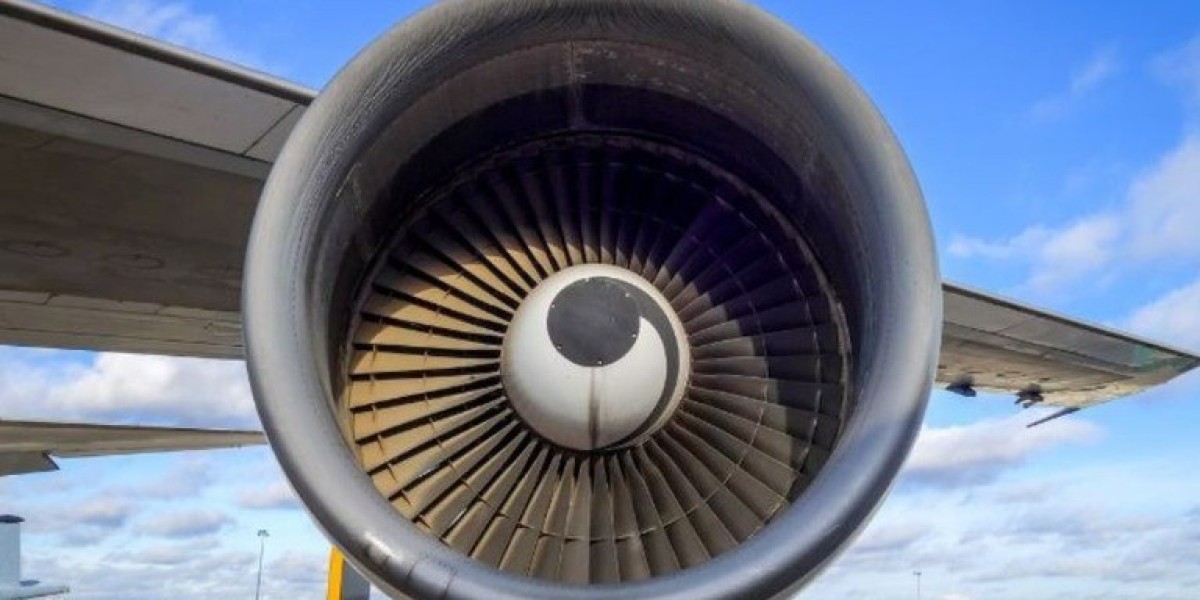The global aviation high speed motor market size is poised for substantial growth, projected to expand at a robust CAGR of 5.5% from 2024 to 2032. This market segment plays a crucial role in advancing aircraft propulsion systems, enhancing efficiency, and ensuring reliable performance across various aviation applications.
Key Benefits of Aviation High-Speed Motors
Aviation high-speed motors offer several key benefits that drive their adoption in the aerospace industry:
- Enhanced Efficiency: These motors improve overall efficiency in aircraft operations, contributing to fuel savings and reduced environmental impact.
- Reliability: High-speed motors are designed to operate under demanding conditions, ensuring reliability and minimal downtime.
- Performance: They enable higher performance levels, critical for modern aircraft propulsion and avionics systems.
- Safety: Enhanced motor efficiency translates into improved safety standards, crucial for passenger and crew welfare.
Key Industry Developments
Recent advancements in aviation high-speed motors have focused on integrating lightweight materials, advanced control systems, and efficient power management technologies. These developments aim to enhance motor performance while meeting stringent aviation regulatory standards.
Driving Factors
Several factors are driving the growth of the aviation high-speed motor market:
- Rising Demand for Fuel Efficiency: Airlines are increasingly prioritizing fuel-efficient technologies to reduce operating costs and carbon emissions.
- Technological Advancements: Innovations in motor design and materials are improving efficiency and reliability, fostering market growth.
- Increasing Air Passenger Traffic: The growth in global air passenger traffic necessitates more efficient and reliable aircraft propulsion systems.
- Expansion of Airline Fleets: Growing airline fleets worldwide require advanced propulsion technologies to meet operational demands.
COVID-19 Impact
The COVID-19 pandemic significantly impacted the aviation industry, leading to reduced air travel demand and temporary fleet groundings. However, recovery efforts and increasing vaccination rates are gradually restoring confidence in air travel, thereby boosting the demand for aviation high-speed motors as airlines resume operations.
Restraining Factors
Despite growth prospects, the aviation high-speed motor market faces several challenges:
- High Initial Investment: The initial costs associated with acquiring and integrating high-speed motors into aircraft can be substantial.
- Regulatory Hurdles: Stringent aviation regulations and certification processes pose challenges to market entry and product development.
- Supply Chain Disruptions: Global supply chain disruptions can affect manufacturing schedules and product availability.
- Environmental Concerns: Pressure to reduce aviation-related carbon emissions may influence market dynamics and product development strategies.
Market Segmentation
The aviation high-speed motor market can be segmented based on:
- Type: Brushed DC Motors, Brushless DC Motors, AC Motors
- Application: Aircraft Propulsion Systems, Avionics Systems, Actuation Systems
- Aircraft Type: Commercial Aircraft, Military Aircraft, General Aviation Aircraft
Market Outlook and Trends
The market outlook for aviation high-speed motors remains positive, driven by ongoing technological advancements and increasing aircraft production. Key trends include:
- Electric Propulsion Systems: Growing interest in electric aircraft propulsion systems is driving demand for high-efficiency electric motors.
- Integrated Motor-Drive Systems: Integration of motor-drive systems for enhanced control and efficiency.
- Adoption of Lightweight Materials: Use of lightweight materials in motor construction to reduce weight and improve efficiency.
- Focus on Sustainability: Development of sustainable aviation technologies to meet environmental regulations and consumer preferences.
Industry Segmentation
The aviation high-speed motor industry is segmented into various sectors, including:
- Manufacturing: Motor manufacturers focusing on advanced propulsion technologies.
- Aerospace: Aerospace companies integrating high-speed motors into aircraft systems.
- Research and Development: RD initiatives driving innovation in motor design and performance.
Regional Analysis and Insights
Geographically, the aviation high-speed motor market spans regions such as North America, Europe, Asia Pacific, Latin America, and the Middle East and Africa. Each region offers unique opportunities and challenges influenced by local aviation regulations, technological capabilities, and market demand.
Analysis and Top Impacting Factors
Key factors impacting the aviation high-speed motor market include:
- Technological Advancements: Innovations in motor design and integration.
- Regulatory Environment: Compliance with aviation safety and environmental regulations.
- Economic Factors: Market dynamics influenced by global economic conditions and airline profitability.
- Competitive Landscape: Strategies adopted by major players to gain market share and expand their product portfolios.
Major Key Players
Prominent players in the aviation high-speed motor market include:
- Xoar International LLC
- EMRAX d.o.o.
- Windings, Inc.
- Meggitt PLC
- H3X Technologies Inc.
- MGM COMPRO
Opportunities, Challenges, Restraints, and Scope
- Opportunities: Growing demand for electric aircraft, advancements in motor efficiency, and emerging markets in Asia Pacific.
- Challenges: Regulatory compliance, high initial investment costs, and competitive pressures.
- Restraints: Supply chain disruptions, environmental concerns, and economic uncertainties.
- Scope: The market scope includes expanding applications in electric aircraft propulsion and increasing integration of high-speed motors in avionics and actuation systems.
ALSO READ OUR OTHER REPORTS:-
Traction Control System Market
Rose Water Market
Market Size Of Coffee
Digital Marketing Growth Statistics
India Spice Market
Korea Frozen Food
Size Of Coffee Market








